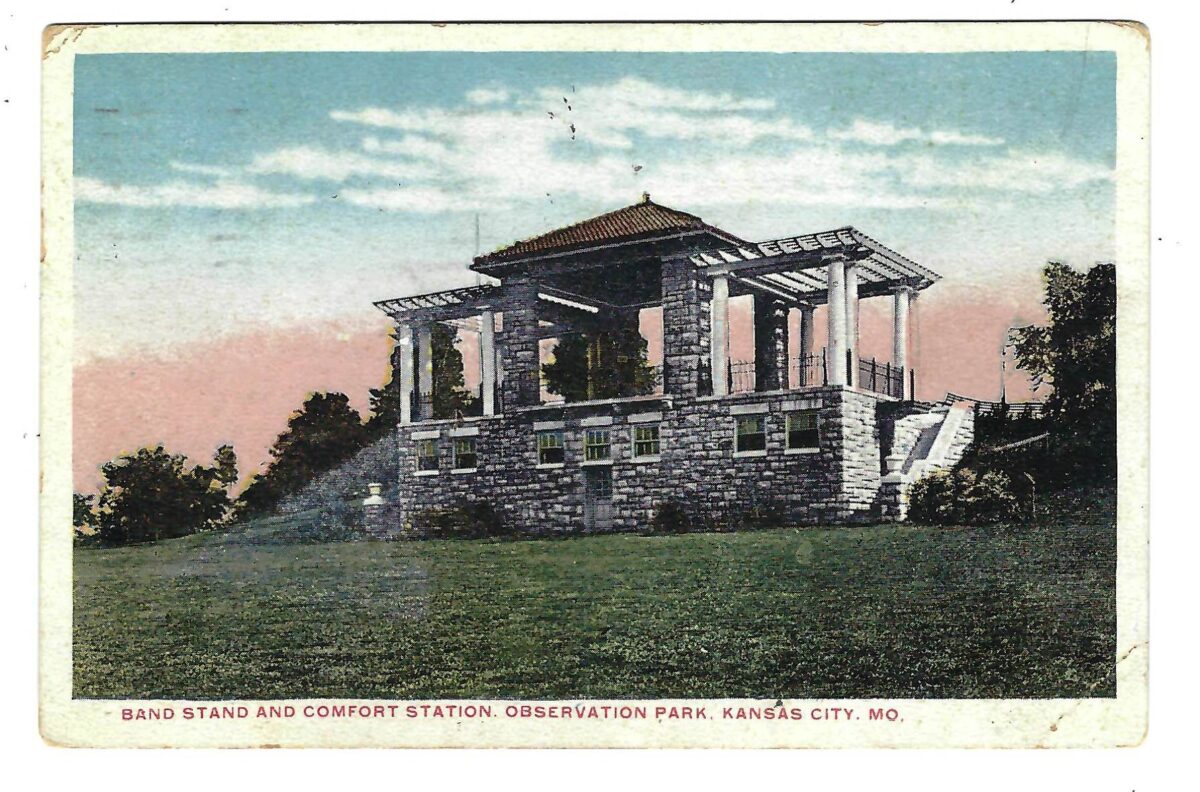
Dorri Partain
Contributor
Though the style may change, perpetual calendars never go completely out-of-date.
Often designed for desk-top display, early styles required paper cards or scrolls that needed to be switched out monthly. A more durable calendar that was easier to use was devised by Howard L. Fisher, who applied for patent US108622A in 1926.
Fisher’s Calendar and Display Sign featured a vertical rotating component to display the date, while the base featured dials that could be rotated horizontally to indicate the day of the week, month, and year.
Each side of the vertical component has a window; when rotated forward the next numbered plate drops into position. The plates are set into a channel, and the simple act of rotating it forward allows the forces of gravity to drop the correct plate into the window for viewing.
The user would need to have the basic knowledge of which months have 30 or 31 days, and which year is a leap year, when February has 29 days instead of 28.
Fisher’s patient expired in 1946 and was not renewed, which left the design open for any company to manufacture. By the 1960’s, the style shown here could be decorated with a modern globe, an antique globe, or any other design to designate a certain location as a souvenir. The base has also been modified from the original design to be used as an ashtray, but non-smokers may find it handy to hold paper clips and such.
The manufacturers also added plates for instructional uses: Turn top toward yourself, Change month, and Turn slowly, before the number sequence begins.
Available at 5 & Dime stores or souvenir shops, the usual cost was around $2.00.



















